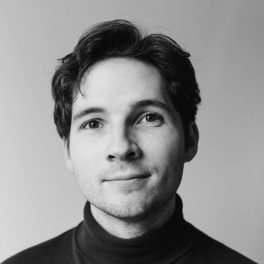
Walter Marsh
Walter is a writer and editor living on Kaurna Country.
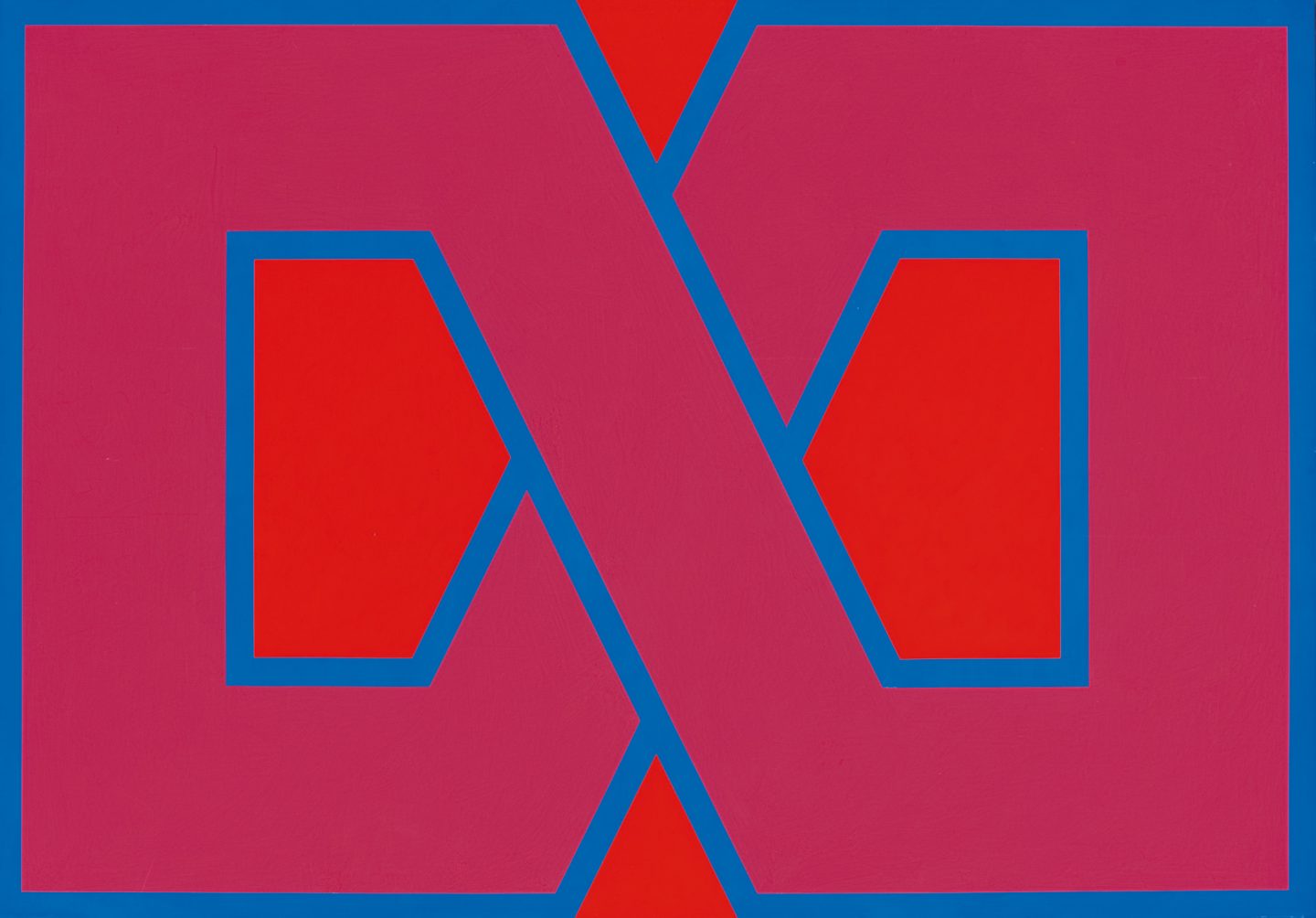
For a brief moment in 1960s Adelaide, father-son duo David and John Dallwitz were at the forefront of a bold, jazz-fuelled local abstract movement. Wider South Australia was thoroughly cool on their ideas at the time, but 50 years later has finally caught up.
“That house, filled with art, and jazz, it was a very vibrant atmosphere, and very influential for me,” John Dallwitz tells The Adelaide Review.
Children often take after their parents, but it’s rare for a father to draw inspiration from their son. A prominent artist, teacher and founding president of CACSA, Dallwitz’s late father David had long been drawn to the avant-garde and experimental, excitedly discussed among artist and art lover friends at colourful parties held at the family’s Seacliff home. But it was his son John’s fascination with more modern forms that led the pair to explore, side-by-side, a short but vibrant chapter in contemporary South Australian art.
“I was interested in this modern movement of abstract art,” Dallwitz says. “Then he did a trip in 1966, took a year off teaching and spent a year in Europe where he saw firsthand pop art, hard edge art, colour field art, and he came back quite inspired.”
Upon his return Dallwitz senior began his own experiments at the house in Seacliff, switching from oil paints to acrylic and adopting masking tape-based techniques that were a growing hallmark of the movement. Both father and son spent years experimenting with these new styles, culminating in a solo exhibition of David’s work at Sydney’s prestigious Central Street Gallery in 1969.
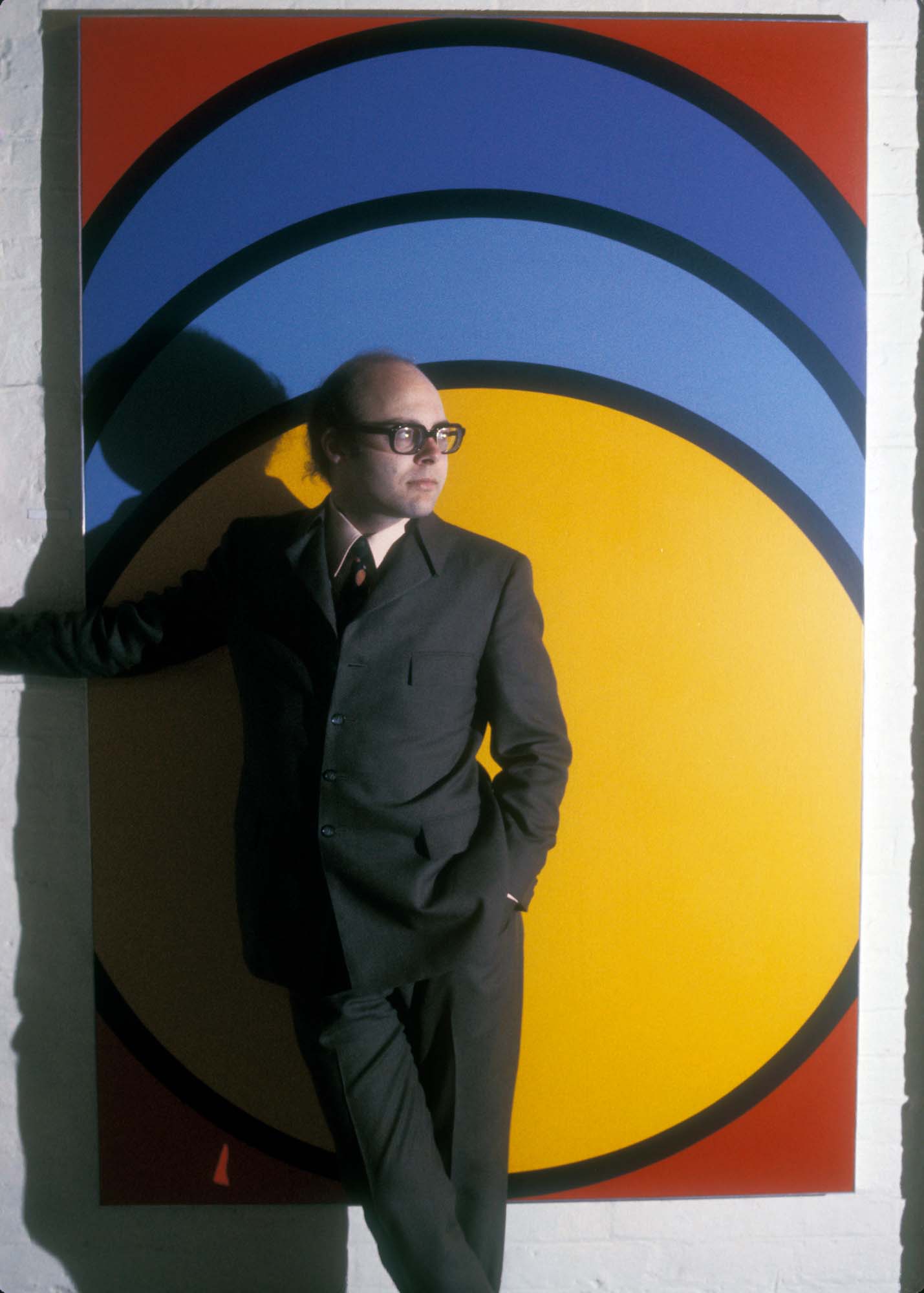
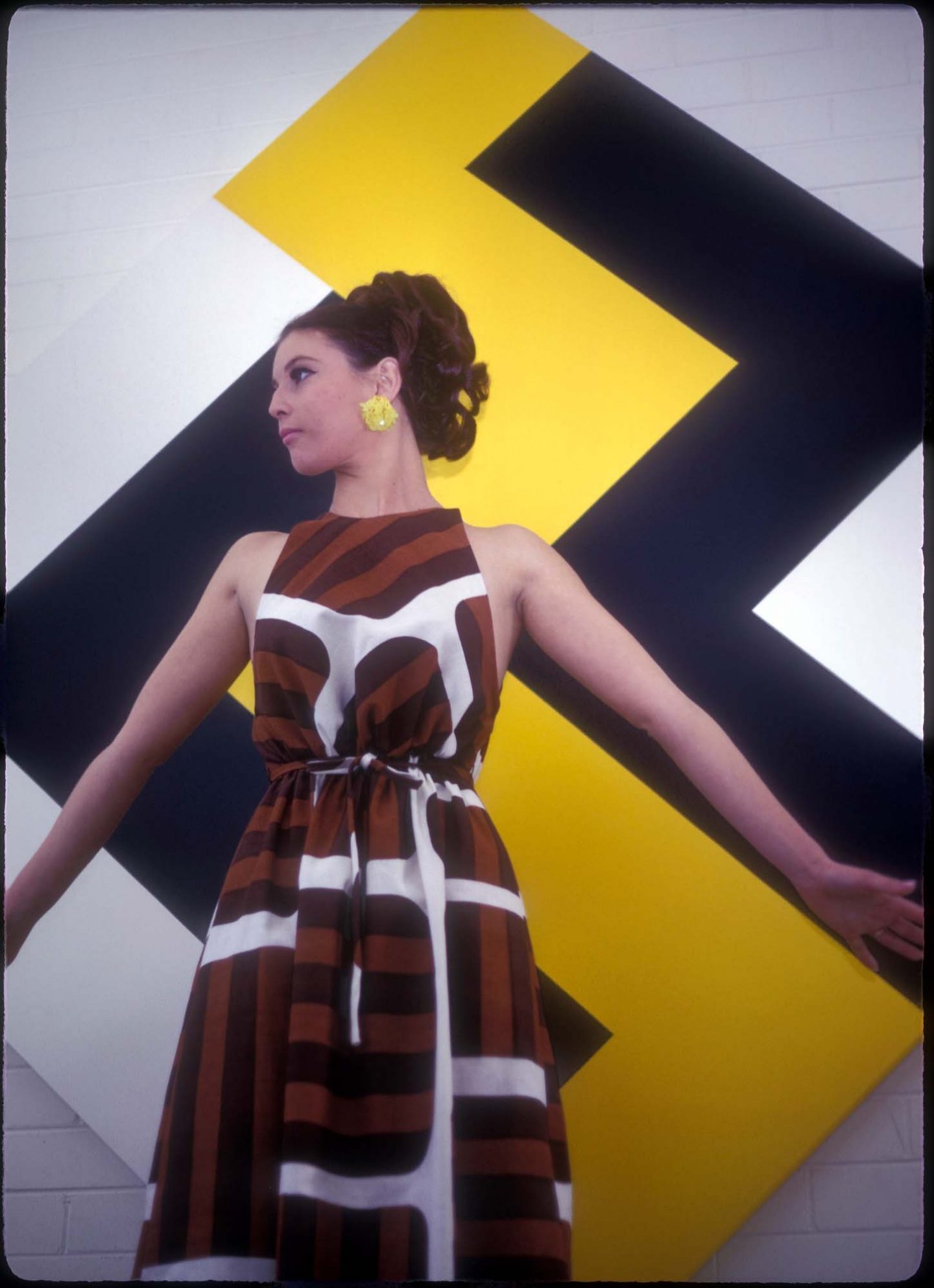
The most famous of these works, Blue Flash, is now a seminal part of the Art Gallery of South Australia’s contemporary Australian collection on near-permanent display. But the reception was quite different when they first arrived back in Adelaide.
“After the exhibition they all came back to Adelaide,” he recalls. “He didn’t sell any at the Sydney exhibition, and nobody in Adelaide was in the least bit interested – not the Art Gallery, nobody.
“We all had a very close group of friends, family and artist friends, and nobodywas having any success commercially in Adelaide – so it wasn’t surprising that there wasn’t the slightest bit of interest in David’s work,” he says.
“I had my first exhibition at the age of 20 at Bonython Art Gallery, which was a landscape exhibition. Then in 1965 I had my second exhibition that was much more abstract. I had such stupid comments, people would say, ‘what happened to your emus?’ Somebody actually came up to me and said, ‘in 1961 I bought a painting from you, a red landscape… well look, I’ve changed the colours of my kitchen, could I swap it over for a green one?’
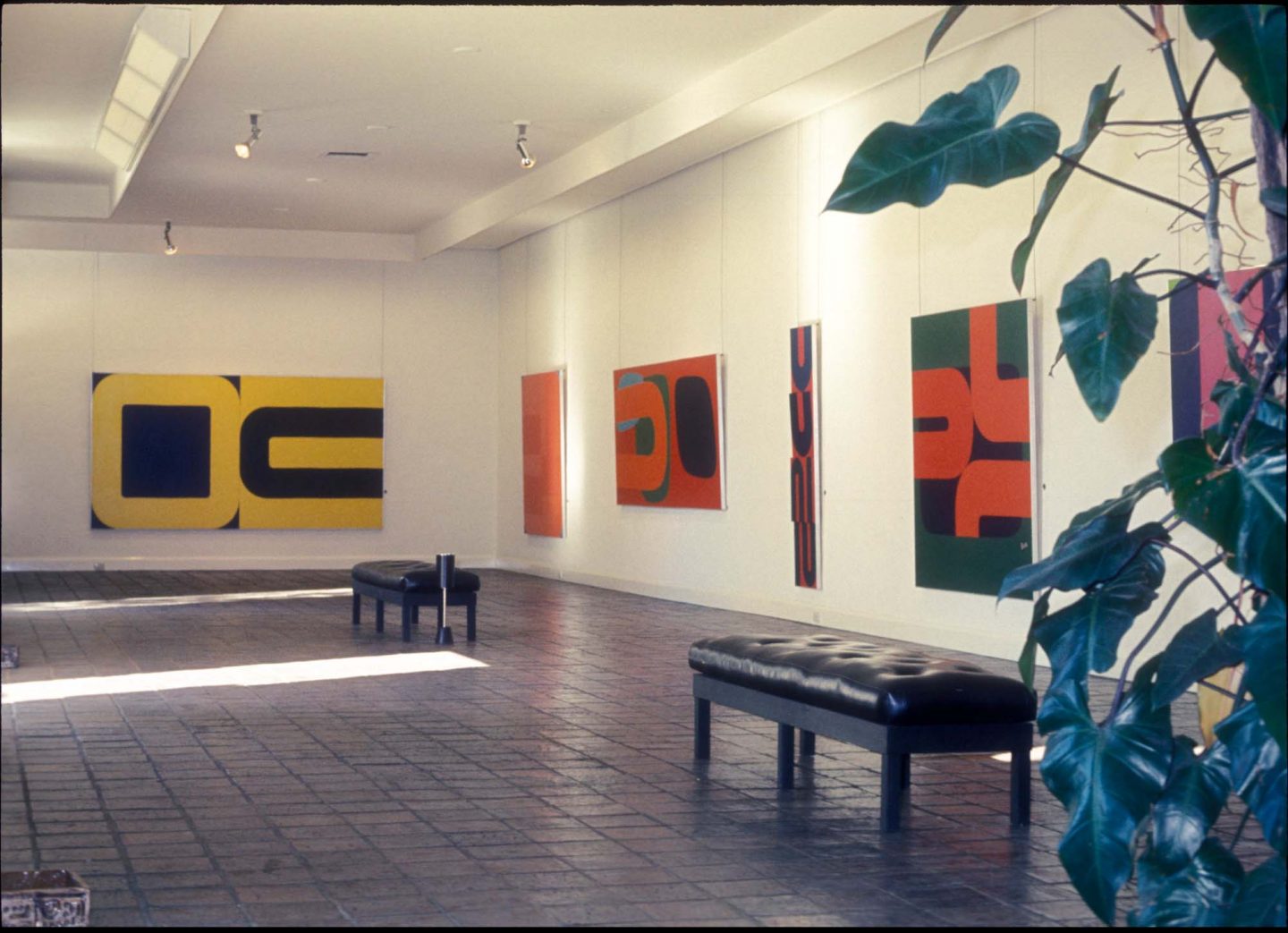
“I thought, I don’t like this business much. I never exhibited again in Adelaide.”
Dallwitz senior was similarly disillusioned, continuing to paint in Adelaide but abandoning those vibrant colours and shapes for good. “My father said ‘that’s the end of this, I’m not going to do anymore’. So he set about removing canvasses off the original frames, sometimes turning them over, sometimes actually destroying them. They ended up rolled up, crumpled canvases in the roof of the motorcar garage with rats – we’re lucky they survived.
“15 years later he offered Blue Flash to the Art Gallery and they said, ‘yes, we’d love it!’. 15 years made all the difference!”
A few decades down the track, new exhibition Adelaide Cool finally gives the Dallwitzes’ 1960s output its due, placing a variety of works by John alongside pieces from David’s 1969 Sydney exhibition that have never been exhibited in Adelaide before.
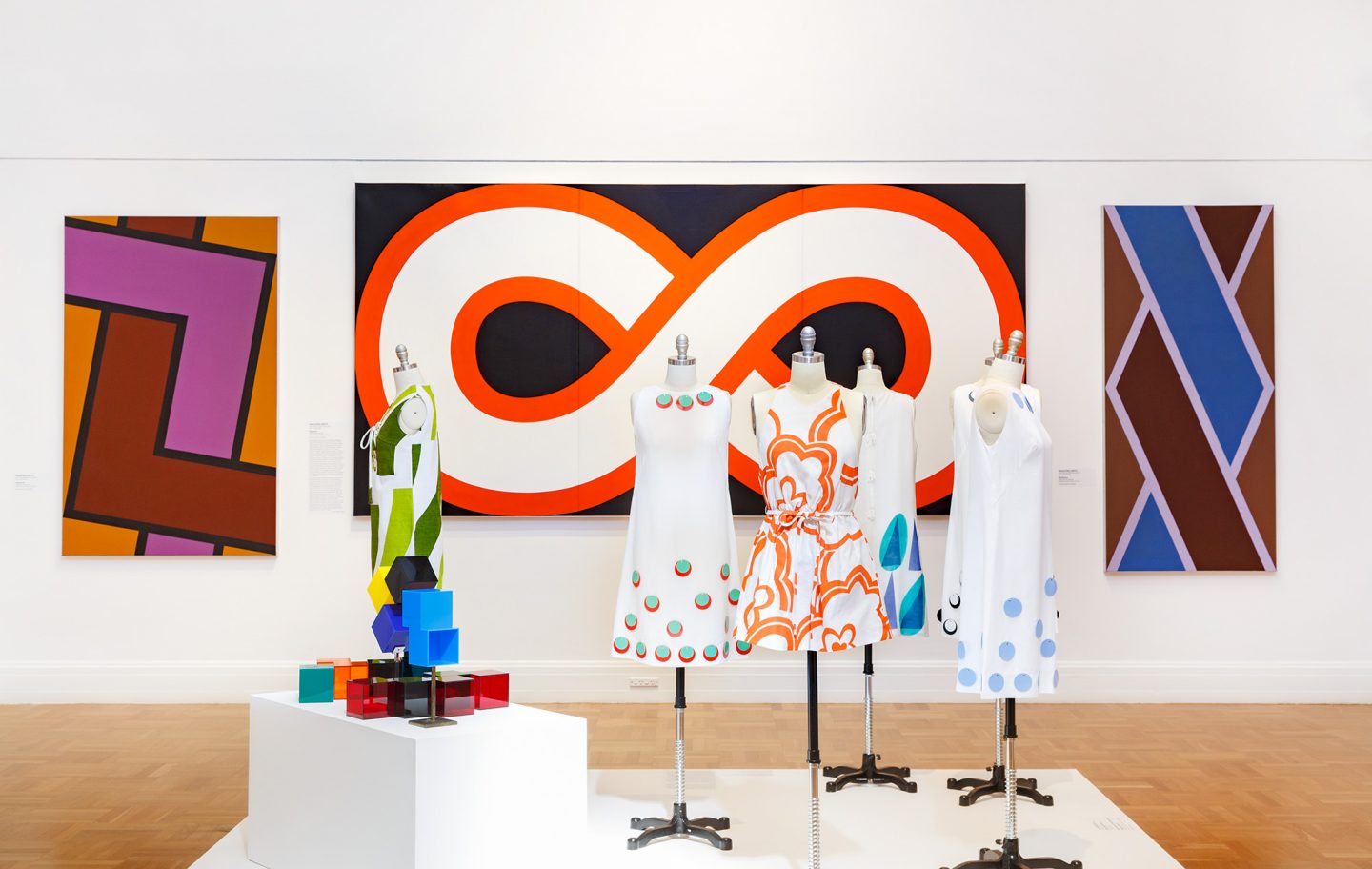
The old ‘but what is it?’ joke is a favourite for those wishing to poke fun at abstract art, but it does contain a kernel of truth that made any reappraisal of Dallwitz senior’s hard edge work impossible until now.
“We had no recollection of what was actually in the exhibition – we had the list of names, but we didn’t know which one was which!” John says. “They were called things like Blue Flash, Embrace or Dynamo.
“At the time none of us were particularly careful about archiving things, and what to keep records of,” John says. “But coincidentally I was always a keen photographer, so for some reason I happened to decide to photograph the whole exhibition.
“50 years later, I found a little collection of colour slides and couldn’t believe my eyes – I actually had every one. It was really discovering these old slides that we were able to put titles to the paintings!”
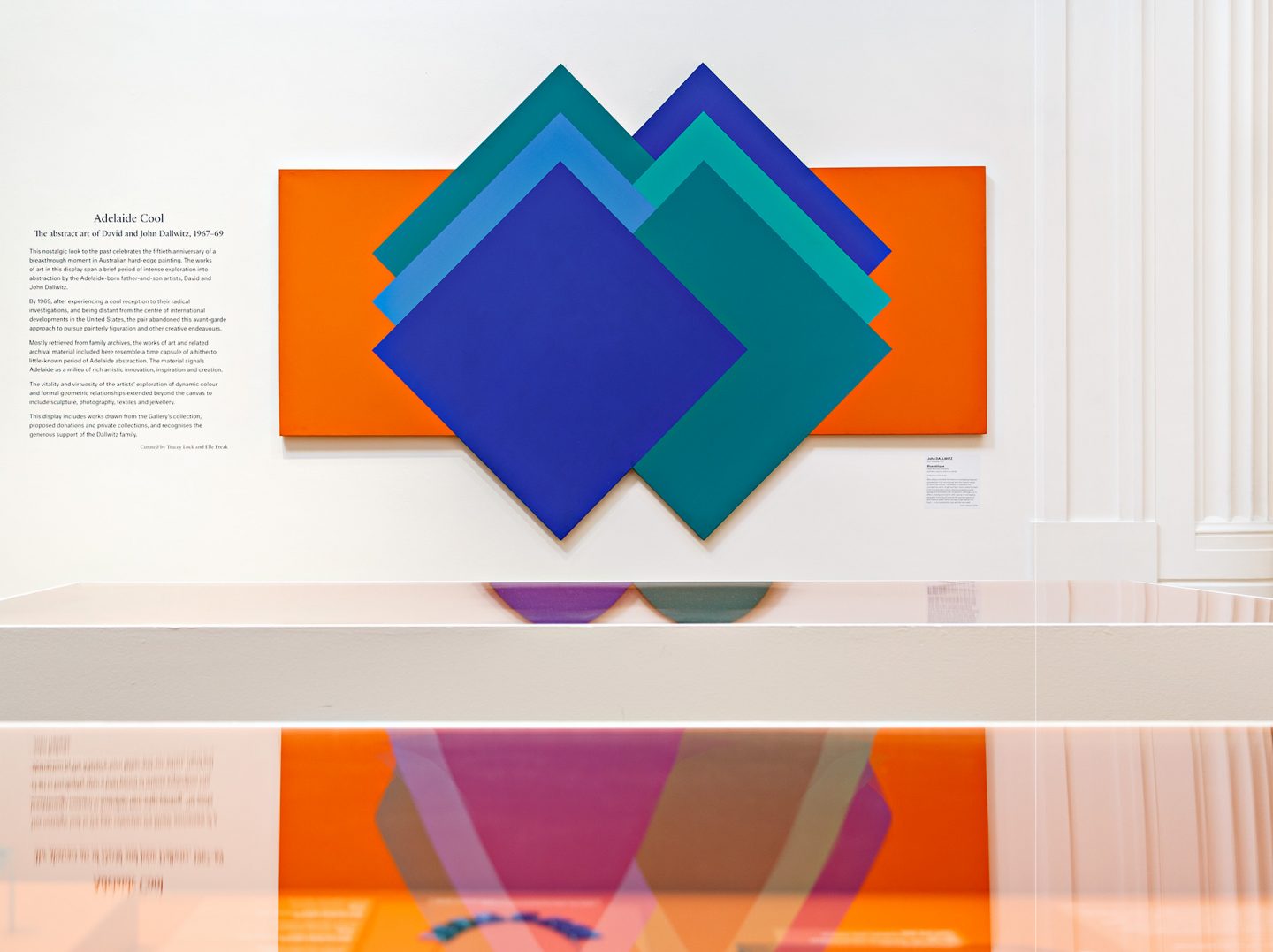
Complementing the paintings are a variety of paraphernalia from the time, including dresses designed by Dallwitz’ late wife Anne and a rich selection of those colour photographs which vividly capture their small but buzzing creative community in Adelaide.
There is no bitterness here, even after all these years. Now in his 70s, Dallwitz junior is just thrilled to see the paintings, and the era that produced them, finally being appreciated.
“The fact that it’s taken them 50 years to be interested in my work, that doesn’t really worry me,” he reflects. “There’s other things I did that they’re not ready for either!”
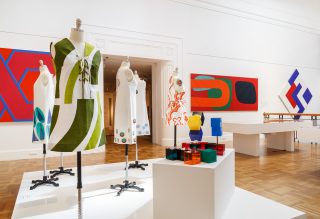

Walter is a writer and editor living on Kaurna Country.